An Introduction to the Centrifuge
Visión general
The centrifuge is an instrument used in nearly every research lab across the globe. Centrifugation is the process by which a centrifuge is used to separate components of a complex mixture. By spinning laboratory samples at very high speeds, the components of a given mixture are subjected to centrifugal force, which causes more dense particles to migrate away from the axis of rotation and lighter ones to move toward it. These particles can sediment at the bottom of the tube into what’s known as a pellet, and this isolated specimen, or the remaining solution, the supernatant, can be further processed or analyzed. This video is meant to introduce a student to some of the basic principles of centrifugation, as well as the instrument’s basic operation. For example the speed of centrifugation in rotations per minute, or RPM, is contrasted with relative centrifugal force, or RCF, as a measurement of the magnitude of centrifugation, which is independent of rotor size. In addition to concepts and basic use, safety precautions relating to centrifugation are discussed, as well as the types of centrifuges and centrifuge rotors that exist.
Procedimiento
The centrifuge is an instrument used in nearly every biomedical research lab across the globe.
Centrifugation is a process by which a centrifuge is used to separate components of a complex mixture.
By spinning laboratory samples at very high speeds, the components of a given mixture are subjected to centrifugal force, which causes more dense particles to migrate away from the axis of rotation and lighter ones to move toward it. These particles can sediment at the bottom of the tube into what’s known a
Saltar a...
Vídeos de esta colección:
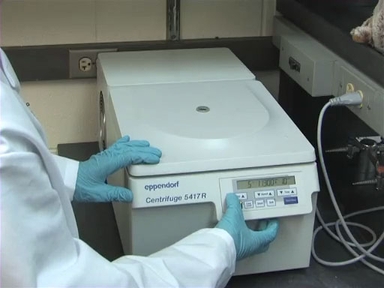
Now Playing
An Introduction to the Centrifuge
General Laboratory Techniques
489.4K Vistas
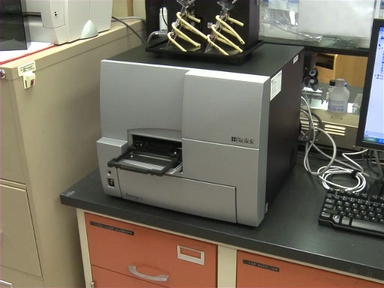
Introducción al lector de microplacas
General Laboratory Techniques
127.3K Vistas
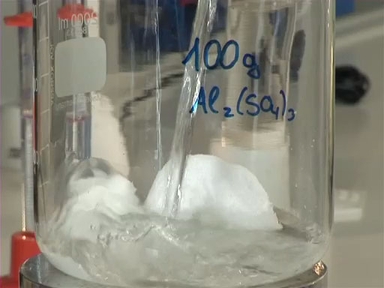
Concentraciones y medición de volúmenes
General Laboratory Techniques
216.3K Vistas
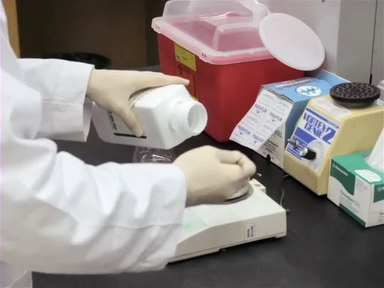
Creando soluciones en laboratorio
General Laboratory Techniques
211.7K Vistas
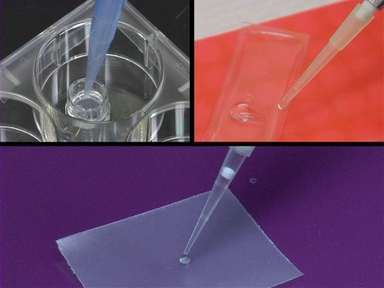
Introducción a la micropipeta
General Laboratory Techniques
587.3K Vistas
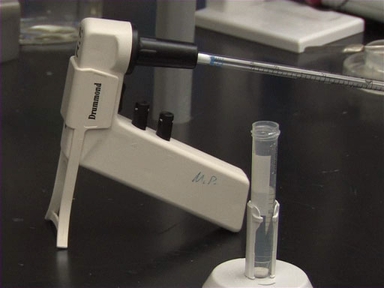
Introducción a las pipetas serológicas y a los pipeteadores
General Laboratory Techniques
219.3K Vistas
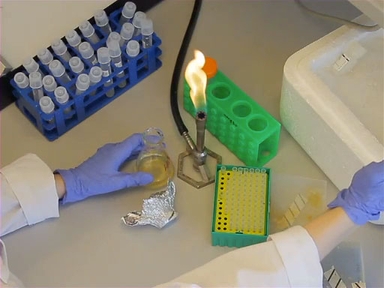
Introducción al mechero de Bunsen
General Laboratory Techniques
207.7K Vistas
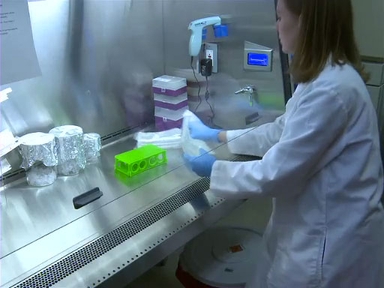
Una introducción al trabajo en la campana
General Laboratory Techniques
151.6K Vistas

Medición de masa en el laboratorio
General Laboratory Techniques
171.1K Vistas

Introducción al espectrofotómetro
General Laboratory Techniques
519.0K Vistas
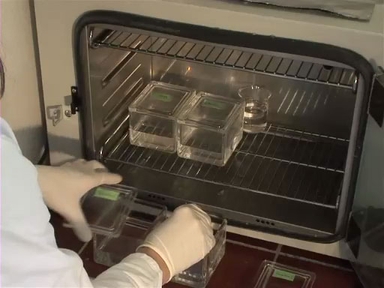
Preparación de muestras histológicas en la microscopía de luz
General Laboratory Techniques
240.6K Vistas
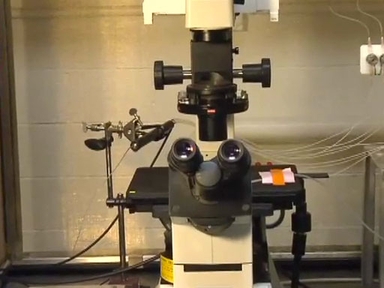
Introducción a la microscopía de fluorescencia
General Laboratory Techniques
350.1K Vistas
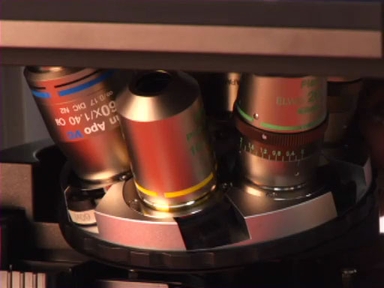
Introducción a la microscopía de luz
General Laboratory Techniques
816.0K Vistas

Regulación de la temperatura en el laboratorio: preservación de muestras usando frío
General Laboratory Techniques
65.7K Vistas
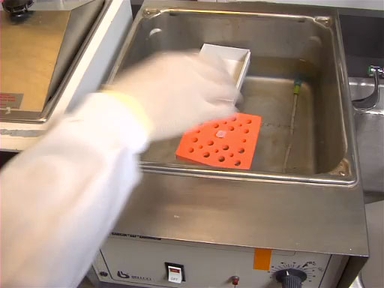
Regulación de la temperatura en el laboratorio: aplicación de calor
General Laboratory Techniques
81.4K Vistas
ACERCA DE JoVE
Copyright © 2025 MyJoVE Corporation. Todos los derechos reservados